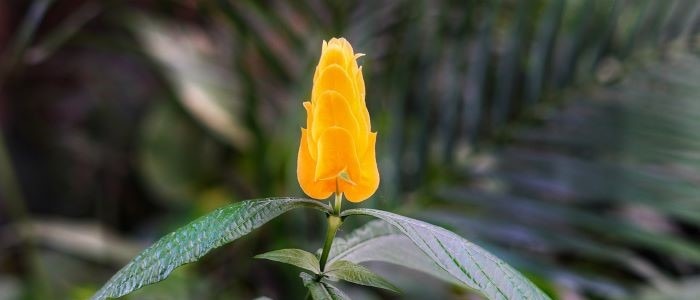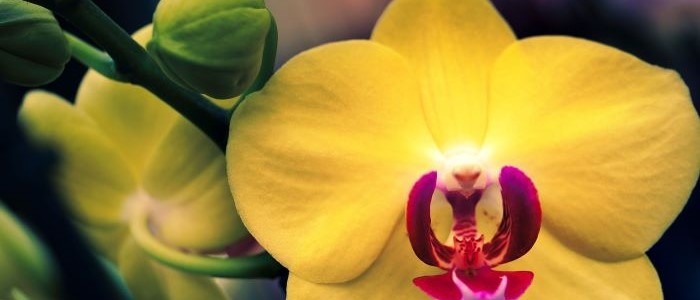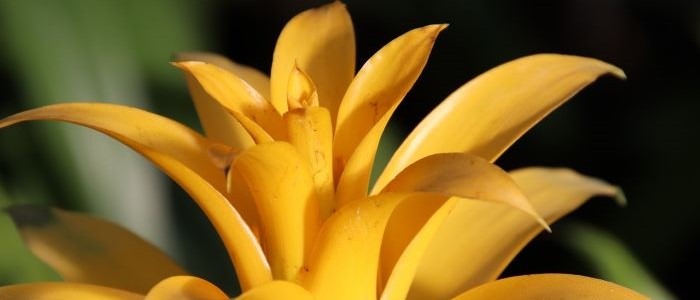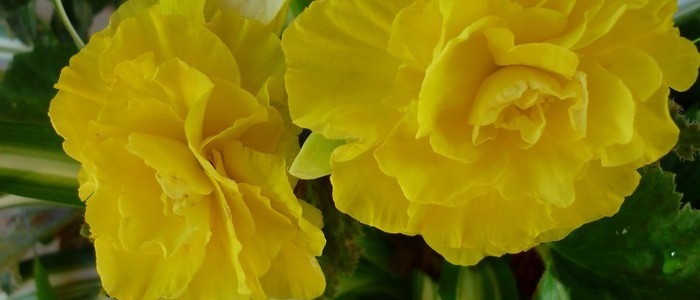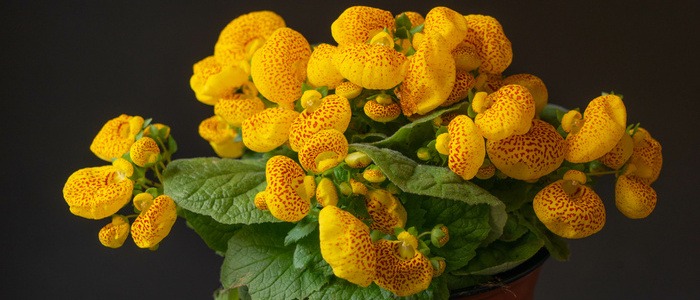If you are looking for a beautiful yellow hibiscus to add to your home, then you have come to the right place. With flowers ranging from four to six inches in diameter, this beautiful plant will definitely add to the decor of your home.
In addition to its beautiful flowers, the yellow hibiscus also attracts butterflies and bees, so it is an excellent plant to grow in a garden or landscape.
Originally from Asia, the yellow hibiscus is native to Hawaii and the islands of Maui and Kauai. In Hawaiian culture, it represents royalty, power, and respect.

Yellow Hibiscus Plant Frequently Asked Questions
How often should you water the hibiscus?
How often you should water hibiscus depends on various factors, such as the climate, soil type, and size of the plant. Generally, hibiscus plants require regular watering, especially during hot and dry periods. It is recommended to water them deeply, ensuring the water reaches the root zone while also allowing the soil to dry out slightly between waterings. Overwatering can lead to root rot and other problems, so it is important to find a balance and avoid waterlogged conditions. Regularly monitoring the moisture level of the soil and adjusting your watering schedule accordingly will help ensure its health.
Is hibiscus poisonous to dogs or cats?
Hibiscus plants are not considered toxic to dogs or cats. However, it is always a good idea to monitor your pets around any plants to prevent them from chewing on leaves or flowers, which could potentially cause digestive upset. If you notice any unusual behavior or symptoms in your pets after they have been near hibiscus plants, it is best to consult with a veterinarian for further advice.
Tips For Taking Care of The Yellow Hibiscus Plant
If your hibiscus is experiencing yellow leaves, do not panic. While this may seem like a sign that something is wrong, it is not necessarily a sign of impending doom. In fact, it is a sign that it needs a little extra attention. Follow these tips to ensure your hibiscus stays healthy and happy.
If you see yellow leaves on your hibiscus, it may be time to move it to a more outdoor location.
It’s important to give your yellow hibiscus plenty of sunlight. It needs about six to eight hours of direct sunlight each day to flower to its fullest.
If you want to have a smaller plant, you can give it more shade during the day.
During hot weather, the soil can dry out on top while remaining saturated at the bottom. This can result in root rot, so it’s vital to avoid excess water sitting on the soil.
Pests can be a problem for hibiscus plants. They are small, green, and black insects that lay eggs in the buds of plants. If you see any, you can remove them by shaking the branches on white paper.
Spider mites don’t typically kill plants, but they can damage the foliage.
Tips For Propagating the Yellow Hibiscus Plant
There are a few tips to follow when propagating the yellow hibiscus. The plant grows well in a window that gets plenty of direct sunlight, so place it in a south or southwest-facing window. To supplement this lack of direct sunlight, you can add artificial light and add a humidity tray. It is also best to place it in a shallow tray so that it can retain moisture.
Make sure to water it adequately. Hibiscus roots need moist soil that drains well. If you over-water it, the roots may rot, preventing the flowering process from happening. A balanced water supply is essential for your plant’s growth. To get a healthier yellow hibiscus, avoid over-watering it or allowing it to dry out too much in one day.
To propagate your yellow hibiscus, prepare a clean area for planting the cuttings. Make sure to clean the area thoroughly, since there is a chance that the cuttings will become diseased.
In either case, plant as many cuttings as possible. Use a gallon-sized pot. Make sure to use one with pre-drilled holes. To grow multiple cuttings at a time, you should place them in a pot that is half full of soil.
Once you’ve successfully propagated your yellow hibiscus, you need to monitor it closely for pests. Aphids and whiteflies, which are tiny, black bugs, like gnats, feed on plant juices. When you spot these pests, you can use an insecticidal soap spray to kill them before they hatch. If you suspect scale infestations, you can also try using nettle juice or a French drain.
How to Prune The Yellow Hibiscus Plant
To ensure that your Yellow Hibiscus is properly cared for, you need to follow the right pruning methods. If you haven’t pruned your plant yet, there are several tips you can follow to help you with this task. The first thing to remember is to prune the plant before the flower buds open. This will keep the flower buds close to the branches, which is an important factor in achieving perfect blooms.
Before you begin pruning, make sure that the branches that you’re pruning are facing outwards. Then, make a 45-degree upward cut on each branch. It’s important to cut the branch at the top of the stem to encourage growth without reducing the overall bulk of the plant. You should cut off the branches by about 1/3 and leave two or three leaf nodes intact. The new growth will blend in with the rest of the plant.
Another tip to help you prune your Yellow Hibiscus is to consider the climate of your area. If the temperature drops below 50 degrees Fahrenheit (10 degrees Celsius), bring it indoors. A sudden change in temperature during winter will cause yellowed leaves on the plant. Raise the humidity around the plant during this period to avoid the yellowing effect. By following the tips above, you can grow a beautiful Yellow Hibiscus in your home. Take care of it by pruning it well and enjoy the vibrant blooms.
Yellow Houseplants Other Than Hibiscus
